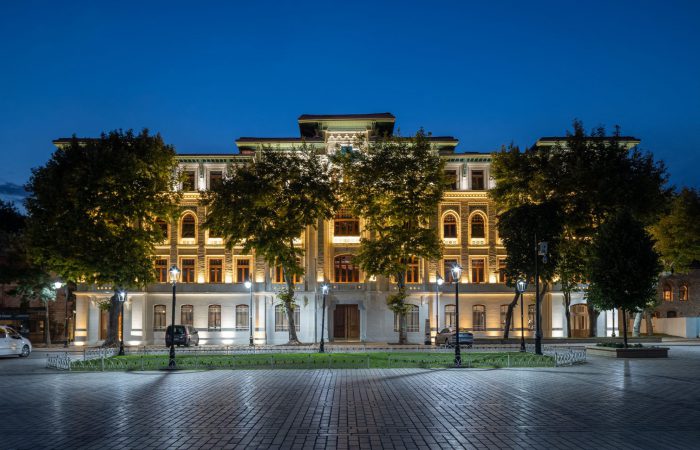Embracing Warmth and Comfort: The architecture of a coffee shop should evoke a sense of warmth and comfort, inviting customers to linger and unwind. This can be achieved through the use of natural materials such as wood and stone, soft lighting, and plush seating arrangements. Cozy nooks and intimate corners create a sense of privacy within communal spaces, allowing patrons to engage in conversations or simply enjoy a moment of solitude.
Maximizing Natural Light: Natural light is a precious commodity in any architectural design, particularly in coffee shops where it enhances the ambiance and creates a welcoming atmosphere. Large windows, skylights, and glass doors not only flood the space with sunlight but also establish a connection with the surrounding environment, whether it be a bustling city street or a serene garden courtyard.
Flexible Layouts for Diverse Experiences: Coffee shops cater to a diverse clientele with varying needs and preferences. The architecture should accommodate this diversity by offering flexible layouts that can adapt to different situations throughout the day. For example, movable furniture allows for easy reconfiguration to accommodate both solo customers looking for a quiet corner to work and groups of friends seeking a communal gathering spot.
Celebrating Local Culture and Heritage: Coffee shops often serve as cultural hubs within their communities, reflecting the unique identity and heritage of their surroundings. Incorporating elements of local culture into the architecture, such as artwork, traditional crafts, or architectural motifs, not only adds character to the space but also fosters a sense of belonging among patrons.
Seamless Integration of Technology: In an increasingly digital world, technology plays a crucial role in the coffee shop experience, from online ordering systems to Wi-Fi connectivity for remote work or social media sharing. The architecture should seamlessly integrate these technological features without detracting from the overall ambiance, striking a balance between analog charm and digital convenience.
Sustainability and Eco-Friendliness: With growing awareness of environmental issues, sustainable design practices are becoming increasingly important in architectural projects, including coffee shops. From energy-efficient lighting and HVAC systems to eco-friendly building materials and waste management strategies, prioritizing sustainability not only reduces the ecological footprint of the establishment but also resonates with environmentally conscious customers.
In conclusion, the architecture of a coffee shop is more than just a backdrop; it is an integral part of the overall experience, influencing everything from the mood and ambiance to the functionality and sustainability of the space. By embracing warmth and comfort, maximizing natural light, offering flexible layouts, celebrating local culture, integrating technology seamlessly, and prioritizing sustainability, designers can create coffee shops that are not only aesthetically pleasing but also socially engaging and environmentally responsible.
“Remote jobs are on a steady rise since the global developments. ”







